Blockchain Mainnet Audits — Crucial Step for securing the network before TGE
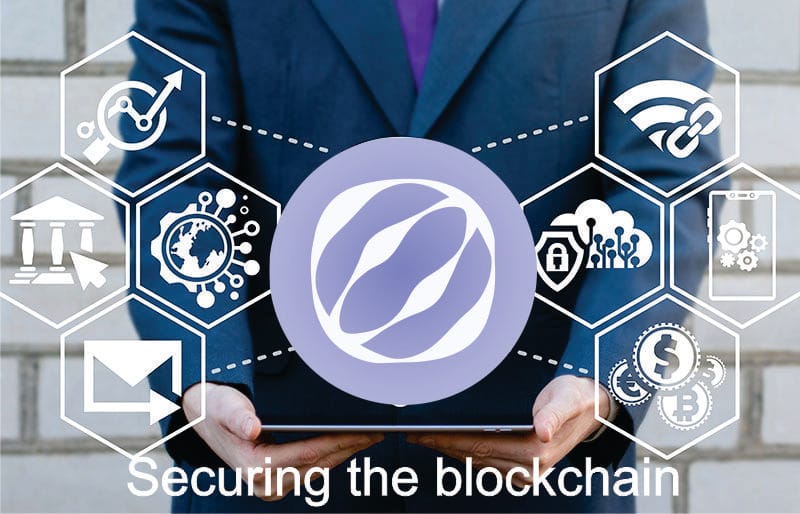
Introduction
Blockchain technology has disrupted various industries by providing decentralized solutions that are transparent, immutable, and secure. As the adoption of blockchain continues to expand across sectors like finance, healthcare, supply chain management, and more, the need for robust security practices becomes even more critical. Security breaches and vulnerabilities in blockchain applications can lead to severe financial loss, compromised user data, and damage to reputations.
One of the most effective ways to identify and mitigate these risks is through blockchain security audits. A blockchain security audit involves a detailed examination of a blockchain’s code, protocols, and architecture to identify and address potential vulnerabilities before they are exploited. In this article, we’ll delve into the importance of blockchain security audits, the key elements that constitute an effective audit, and the measures you can take to enhance the security of your blockchain projects.
What is a Blockchain Security Audit?
A blockchain security audit is a comprehensive evaluation aimed at assessing the security framework of a blockchain network or application. This process involves a detailed examination of the blockchain's architecture, code, protocols, and overall infrastructure to identify vulnerabilities that could potentially jeopardize the system's integrity. Given the decentralized and distributed nature of blockchain networks, security threats can emerge at various levels, including the application, network, and consensus layers.
During a blockchain security audit, several key elements of the blockchain ecosystem are thoroughly reviewed, such as:
- Smart Contracts: The automated agreements embedded in the blockchain that execute predefined actions.
- Cryptographic Algorithms: The encryption techniques employed to ensure the confidentiality and security of the data.
- Consensus Mechanisms: The protocols that validate transactions and uphold the trust and integrity of the blockchain network.
- Off-chain Components: External sources of data, such as oracles, that interface with the blockchain to provide real-world information.
By identifying and addressing vulnerabilities early in the process, blockchain security audits significantly reduce the risks of threats such as attacks, reentrancy exploits, and unauthorized data alterations, ensuring a more robust and secure blockchain system.

Why is a Blockchain Audit Crucial Before a Token Generation Event (TGE)?
A blockchain audit is essential before a Token Generation Event (TGE) to ensure the security, functionality, and integrity of the blockchain and its smart contracts. TGEs are often the launching pad for new tokens or digital assets, and they involve raising capital from investors. As such, any vulnerabilities in the underlying blockchain infrastructure could lead to significant risks, including financial loss, legal issues, and reputational damage.
Mitosis Approach
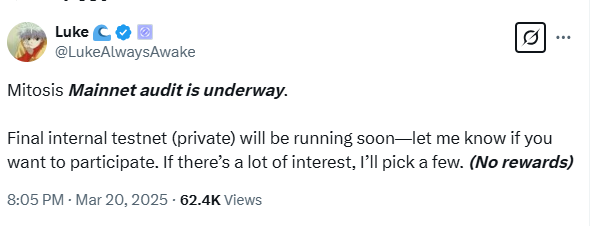
The founder of Mitosis hinted at the upcoming mainnet audit and mentioned that he is selecting interested participants, particularly degens, who are eager to get involved in the audit process.
Here are several reasons why a blockchain audit is crucial before a TGE:
1. Prevent Financial Losses
Blockchain platforms, particularly cryptocurrency exchanges, wallets, and decentralized finance (DeFi) applications, handle large sums of money. Without a proper audit, vulnerabilities in the code could result in significant losses. An audit helps prevent scenarios where tokens or funds are stolen, misappropriated, or locked due to a coding oversight. Protecting investor funds is critical to the success of a TGE and the long-term viability of the project.
2. Protect User Data
In decentralized applications (dApps), user data is often personal, sensitive, and integral to the platform’s functionality. Audits ensure that the blockchain network adheres to privacy regulations (like GDPR) and protects user data from breaches.
3. Improved Code Quality:
A thorough audit helps improve the quality of the blockchain’s code by highlighting inefficiencies, errors, and optimization opportunities. This leads to a more robust and scalable platform, which is crucial as the project scales post-TGE.
4. Maintain Network Integrity
Blockchain networks are designed to be immutable, but only if they are secure. Auditing the blockchain ensures that there are no vulnerabilities that could compromise the integrity of transactions or lead to network failures.
5. Enhance Trust
Investors are more likely to participate in a TGE if they know that the blockchain and its associated contracts have been thoroughly vetted by experts. A successful audit boosts confidence in the project, demonstrating that the development team is committed to maintaining a secure and trustworthy platform.
Key Components of Blockchain Security Audits
A thorough blockchain security audit involves a detailed evaluation of several critical components. Each area must be meticulously assessed to ensure the overall integrity and security of the blockchain ecosystem.
- Smart Contract Code Review
Smart contracts are fundamental to the operation of most blockchain applications, particularly within the decentralized finance (DeFi) space. Since these contracts are governed by code, even a small error can lead to severe consequences. During a code review, auditors focus on:- Logical Flaws: Identifying bugs or design issues that could lead to unexpected behaviors.
- Security Vulnerabilities: Checking for risks such as reentrancy attacks, integer overflows, or other potential exploits.
- Access Control: Ensuring that only authorized users can execute sensitive functions within the smart contract.
- Consensus Mechanism Evaluation
The consensus mechanism is critical for validating transactions and adding them to the blockchain. A strong and secure consensus mechanism helps protect against attacks, such as the 51% attack. Auditors assess the blockchain's consensus algorithm for:- Vulnerability to Centralization: In mechanisms like Proof of Work, where a concentration of hash power could lead to control being taken by a small number of participants.
- Performance Under Load: Verifying that the mechanism can manage high transaction volumes without compromising the security or reliability of the network.
- Cryptography Checks
Cryptography is integral to the security of any blockchain network, ensuring that transactions are both secure and private. During an audit, auditors focus on:- Algorithm Integrity: Verifying the strength and reliability of cryptographic algorithms like SHA-256, RSA, or Elliptic Curve Cryptography (ECC).
- Proper Implementation: Ensuring cryptographic protocols are correctly implemented to prevent exposure of private keys and to ensure data is securely encrypted.
- Network and Node Security
Since blockchain networks depend on decentralized nodes, securing these nodes is essential for maintaining the network's health. Auditors evaluate the network for:- Sybil Attacks: Preventing attackers from creating fake nodes to manipulate the network's behavior.
- DoS Attacks: Ensuring the network can withstand denial-of-service attacks without being disrupted.
- Node Impersonation: Protecting the network from attacks where an attacker impersonates a legitimate node to compromise the system.
- Off-Chain Components Security
Blockchain applications often rely on external data sources, such as oracles, for off-chain information. These off-chain components are vital to blockchain functionality but can present security risks. Auditors examine:- Off-Chain Data Feeds: Ensuring the integrity and reliability of off-chain data sources.
- Off-Chain and On-Chain Interaction: Evaluating how off-chain components interact with the blockchain to ensure data security.
- Third-Party Services and APIs: Auditing the security of any external services or APIs that interact with the blockchain to prevent vulnerabilities.

Best Practices for Blockchain Security
To ensure your blockchain remains secure in the long run, consider implementing these best practices:
- Conduct regular security audits: Auditing blockchain projects should be an ongoing process to detect new vulnerabilities as they emerge.
- Implement multi-layer security: Combine cryptography, access control, and network monitoring for a robust security posture.
- Use cold storage for private keys: Store private keys offline to prevent exposure to online threats.
- Adopt formal verification: Formal verification tools can mathematically prove that the code behaves as expected, reducing the risk of errors and vulnerabilities.
- Stay up-to-date: Keep the blockchain platform updated with the latest security patches and advancements in technology.
Tools and Blockchain Audit companies
Tools
MyCryptoChecker: Scans Ethereum-based smart contracts for vulnerabilities.
Slither: A static analysis tool for detecting smart contract vulnerabilities.
Remix IDE: A development environment for testing and deploying smart contracts.
MyEtherWallet: Helps detect vulnerabilities in Ethereum wallets.
Companies
CerTik: Certik has garnered a reputation as one of the renowned pioneers in blockchain security alongside its efforts in using Formal Verification technology.
Hashlock: Hashlock is one of the fastest growing smart contract auditing firms and has worked with clients such as peaq, Redbelly Network, 5ire, and more.
Hacken: Hacken is one of the best smart contract auditing companies, which has worked on nurturing and building the ecosystem of blockchain security.
Conclusion
A blockchain security audit plays a vital role in identifying and mitigating vulnerabilities within blockchain projects. Whether you're developing a cryptocurrency platform, smart contracts, or decentralized applications, conducting a security audit is essential for safeguarding your project against cyber threats. These audits help ensure the integrity, performance, and reliability of your platform. By adhering to the best practices and key steps outlined in this article, you can protect your blockchain project from potential risks, ultimately fostering the growth of a more secure and resilient decentralized ecosystem.
Useful links:
Mitosis Forum: https://forum.mitosis.org/
Mitosis Website: https://mitosis.org/
Mitosis glossary: https://university.mitosis.org/mitosis/
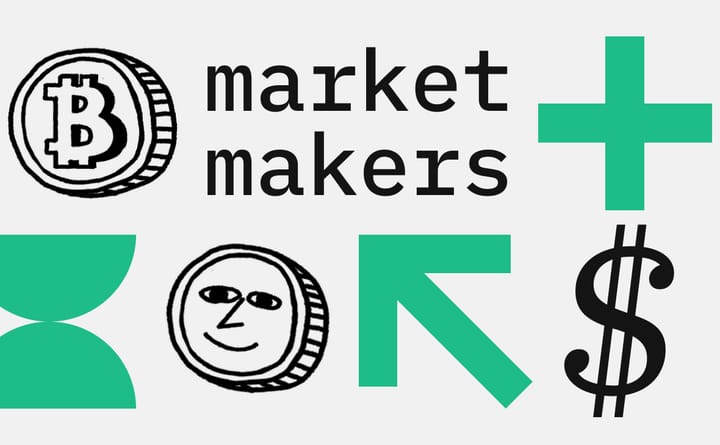
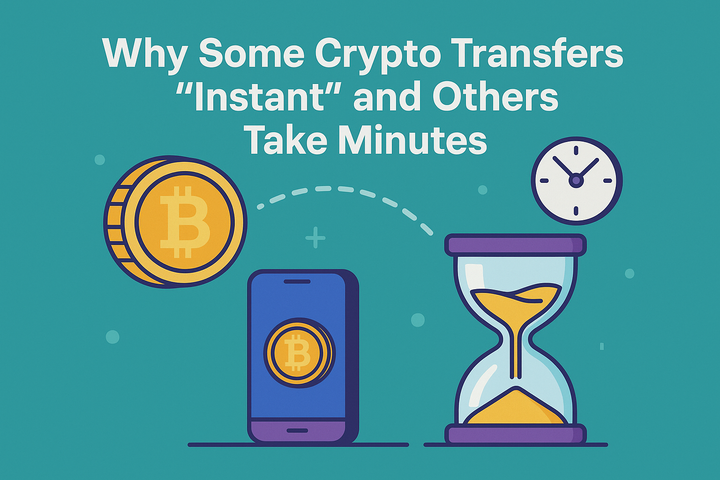
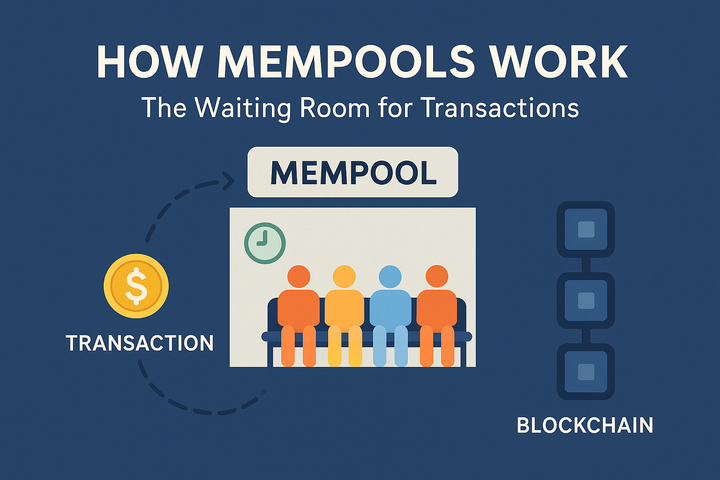
Comments ()